Perspex vs Glass Kenya: Safety, Cost & Design Considerations for Construction Projects
When planning a modern construction or interior project in Kenya, one of the most important material choices is deciding between Perspex and glass. Both materials are widely used in wall cladding, office partitions, decorative panels, and signage, but each offers unique benefits in terms of safety, cost, durability, and design appeal.
In the Kenyan construction market, where weather conditions, functionality, and budget all play major roles, the right material can greatly impact the longevity and aesthetic value of a project. Whether you are an architect designing a commercial building, a homeowner upgrading interiors, or a contractor working on partitions and façades, understanding the Perspex vs Glass comparison helps make the right investment.
This guide explores everything you need to know, from safety and cost comparisons to durability, design flexibility, and local availability, to help you choose the best option.
Understanding Perspex and Glass in Construction
What Is Perspex?
Perspex, also known as acrylic sheet, is a lightweight, transparent thermoplastic often used as a durable alternative to glass. It is shatter-resistant, easy to shape, and available in various colors and finishes.
In Kenya, Perspex is popular for office partitions, bathroom panels, retail displays, wall cladding, and signage due to its clarity, impact strength, and ease of installation.
Key properties of Perspex:
-
50% lighter than glass but equally clear
-
Resistant to UV rays and moisture
-
Easy to cut, drill, and install
-
Available in clear, frosted, or tinted finishes
What Is Glass?
Glass is one of the oldest and most elegant materials in construction. From windows and doors to façades and decorative walls, glass adds sophistication and transparency. It is heavier, costlier, and more fragile than Perspex.
Common types of glass used in Kenya include:
-
Tempered glass – safety glass that resists shattering
-
Laminated glass – holds together when broken
-
Frosted glass – provides privacy while allowing light
Main Differences Between Perspex and Glass
| Feature | Perspex | Glass |
|---|---|---|
| Weight | Lightweight | Heavy |
| Safety | Shatter-resistant | Can break easily |
| Cost | More affordable | Higher material and installation cost |
| Maintenance | Easy to clean | Requires more care |
| Design flexibility | Easy to cut and shape | Limited custom shaping |
Safety Comparison – Perspex vs Glass in Kenyan Projects
Impact Resistance and Breakage
Perspex is approximately 10–20 times stronger than glass and will not shatter into sharp pieces when impacted. This makes it ideal for public spaces, schools, offices, and retail environments where accidents or heavy use are common.
Glass, while elegant, can pose risks if not properly treated. Tempered or laminated glass improves safety but increases costs significantly.
Installation and Handling Safety
Perspex sheets are lightweight and easy to cut, drill, or screw into place without breaking, making installation simpler and safer. Glass requires professional handling, special equipment, and protective edging to avoid injuries.
Best Applications for Safety
-
Perspex: Office partitions, schools, hospitals, public areas
-
Glass: Shopfronts, windows, and façades where aesthetics outweigh impact risks
Cost of Perspex vs Glass in Kenya
Material and Installation Costs
Perspex sheets are generally more affordable than glass. Cost depends on thickness, color, and brand, but installation is also easier and faster, reducing labor expenses.
Glass, especially tempered or laminated, can cost up to two to three times more due to higher processing and installation requirements.
Example:
-
Perspex sheet (4mm–6mm): KSh 3,000 – KSh 6,000 per sheet
-
Glass (6mm–8mm): KSh 5,000 – KSh 12,000 per sheet (plus handling costs)
Maintenance and Replacement Costs
Perspex requires minimal maintenance; just clean with a soft cloth and mild detergent. Glass requires frequent cleaning to avoid smudges and can be costly to replace if broken.
Budget Recommendations
For cost-sensitive projects or those requiring frequent handling or movement, Perspex is more economical. For high-end aesthetics or permanent installations, glass offers unmatched clarity and sophistication.
Durability and Performance Comparison
Weather and UV Resistance
Kenya’s varied climate demands materials that can withstand UV rays and moisture. Perspex performs exceptionally well outdoors, resisting fading and yellowing. Glass is also weather-resistant but may chip or crack from impact or temperature extremes.
Longevity and Maintenance
Both materials can last over a decade with proper care. Perspex’s flexibility and resistance to shattering make it better for dynamic environments such as schools, retail centers, and public buildings.
Cleaning and Care Tips
-
Perspex: Use a soft microfiber cloth and mild soapy water
-
Glass: Use ammonia-free glass cleaner and a lint-free cloth
Design and Aesthetic Considerations
Visual Appeal and Light Transmission
Both materials allow high light transmission, with glass being slightly clearer (92% vs Perspex’s 90%). Perspex offers more color and finish options, including frosted, tinted, mirrored, and textured finishes.
Customization and Flexibility
Perspex is easy to cut, shape, bend, and engrave, making it suitable for creative interior designs and custom signage. Glass is harder to customize and usually requires specialized cutting tools.
When to Choose Each
-
Perspex: Innovative interior designs, backlit signage, curved wall panels
-
Glass: Luxury finishes, large façades, traditional windows
Applications of Perspex and Glass in Kenyan Projects
Residential Uses
-
Perspex: Shower screens, kitchen splashbacks, decorative wall cladding
-
Glass: Windows, balcony panels, glass doors
Commercial and Office Spaces
-
Perspex: Office partitions, displays, protective barriers
-
Glass: Boardroom walls, shopfronts, reception partitions
Industrial and Public Installations
-
Perspex: Machine guards, signage, safety shields
-
Glass: Industrial windows, control room partitions
Environmental Considerations
In coastal regions such as Mombasa or Malindi, Perspex performs better due to resistance to corrosion and humidity. In cooler climates such as Nairobi or Nyahururu, glass remains stable and durable.
Why Choose Perspex or Glass from BHD Kenya
Quality Materials for Every Project
At Burhani Hardware Dealers (BHD), you will find premium Perspex sheets and high-quality glass solutions for both residential and commercial projects. Perspex sheets are sourced for maximum clarity, strength, and UV protection, suitable for Kenyan environments.
Nationwide Supply and Expert Support
BHD offers countrywide deliveries to Nairobi, Mombasa, Kisumu, Eldoret, Nakuru, and other major towns. Our experts provide guidance to help you choose the right material for your project’s needs
Related Products
Final Thoughts and Call to Action
When comparing Perspex vs Glass in Kenya, the best material depends on project priorities:
-
Perspex: Affordability, flexibility, safety
-
Glass: Luxury aesthetics, permanence, premium clarity
Both materials can enhance projects when used correctly, from office partitions to wall cladding.
Burhani Hardware Dealers supplies high-quality Perspex and glass sheets alongside a full range of construction materials in Kenya.
Visit BHD, Industrial Area, Funzi Road, Nairobi
Call/WhatsApp: +254 731 217 462 | +254 704 606 131
Email: burhanihardwaredealers@yahoo.com
Visit: www.bhd.co.ke
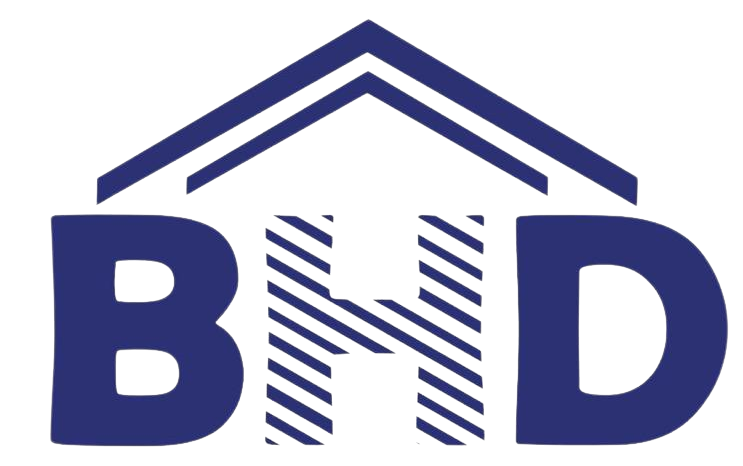
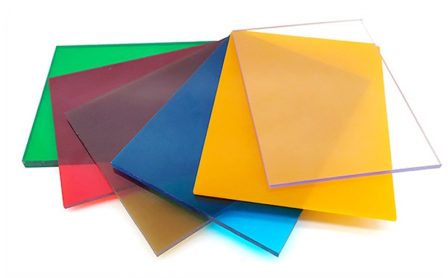

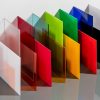
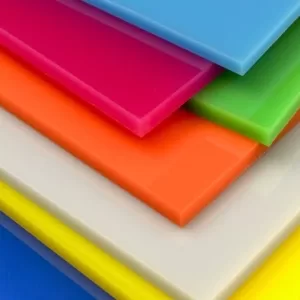
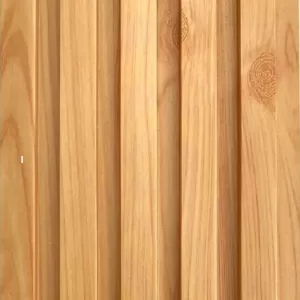

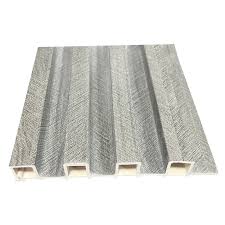
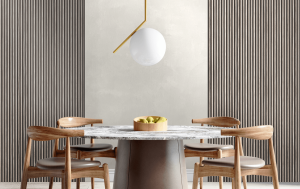
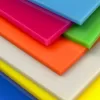
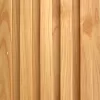

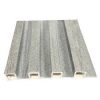
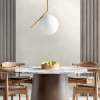
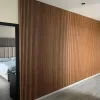
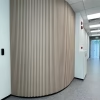
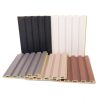
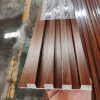
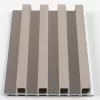


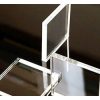
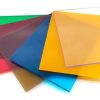



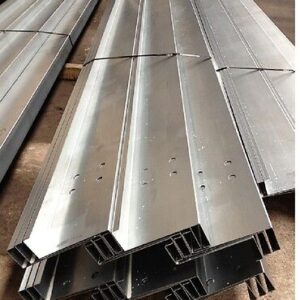

Leave a reply